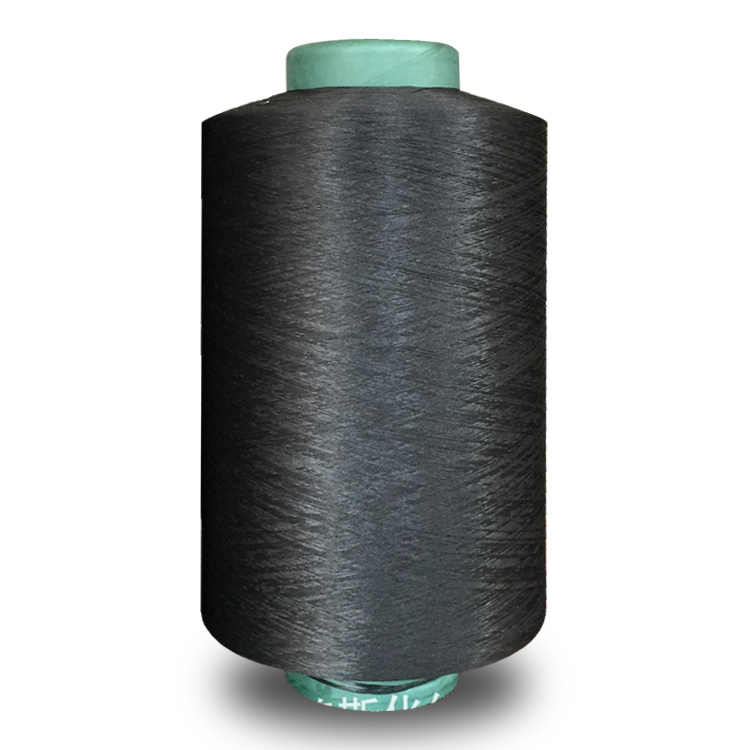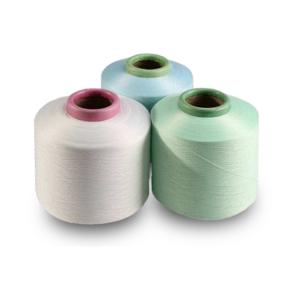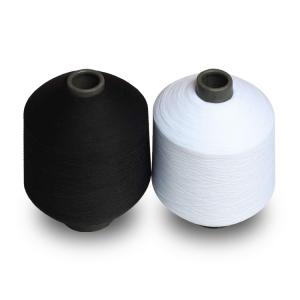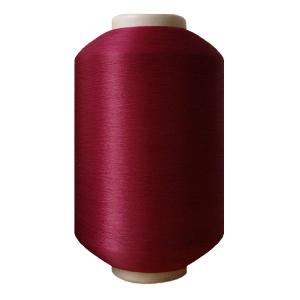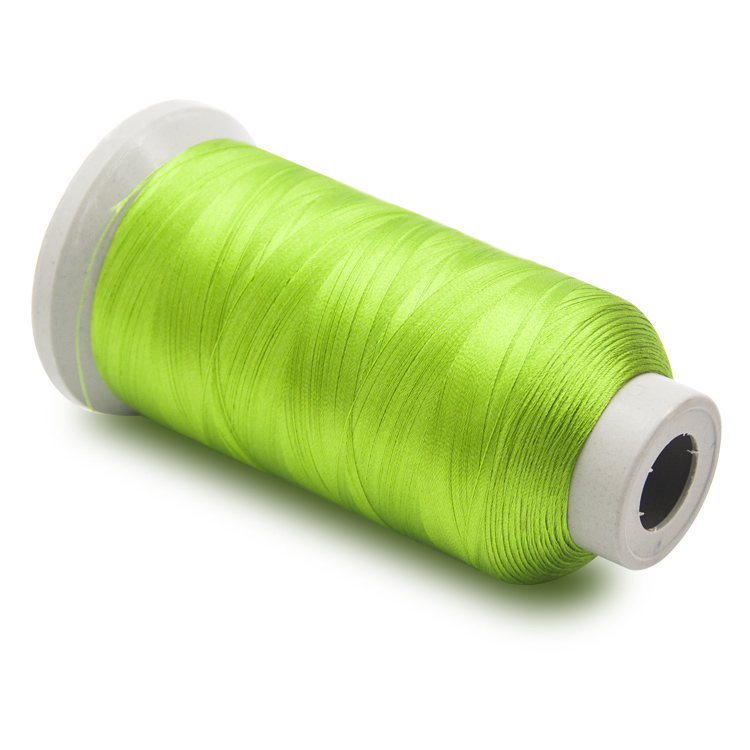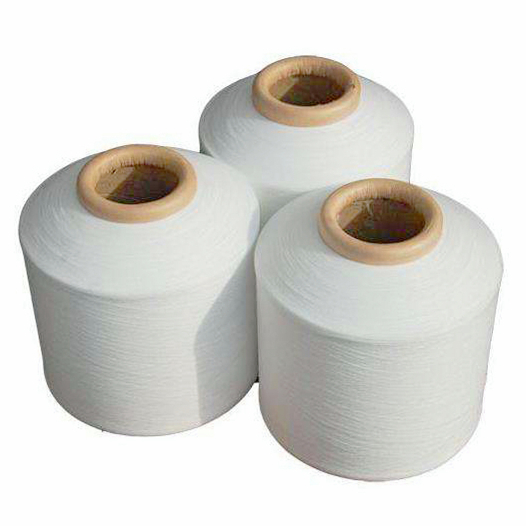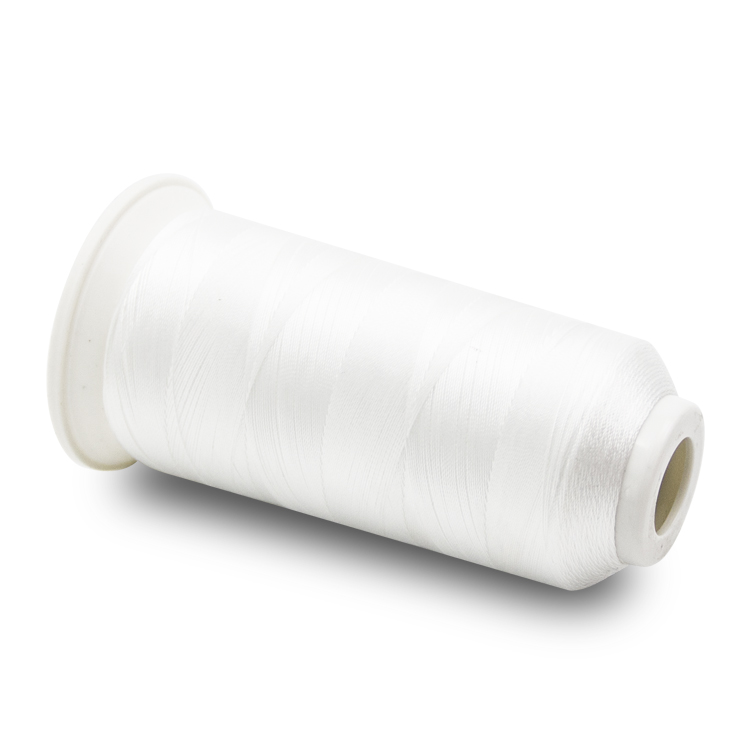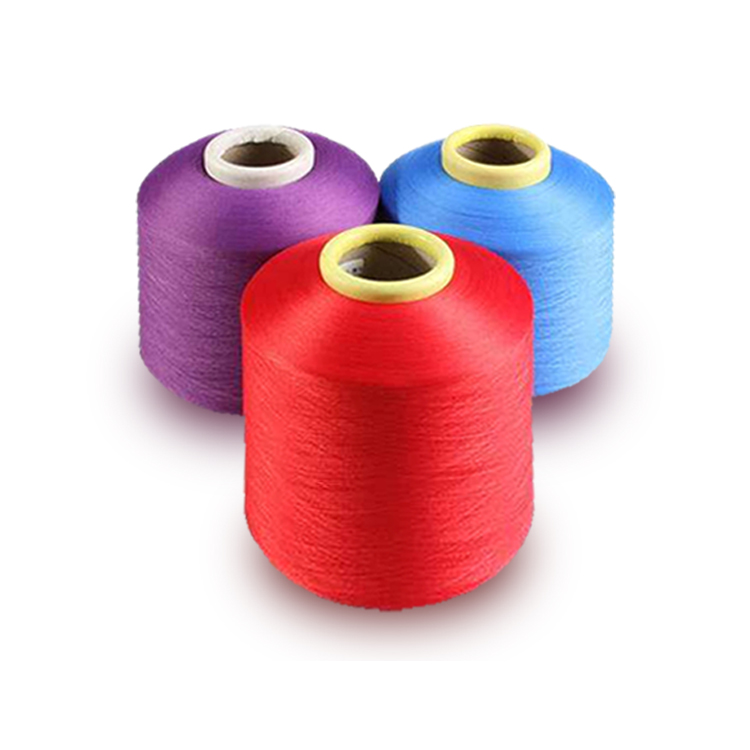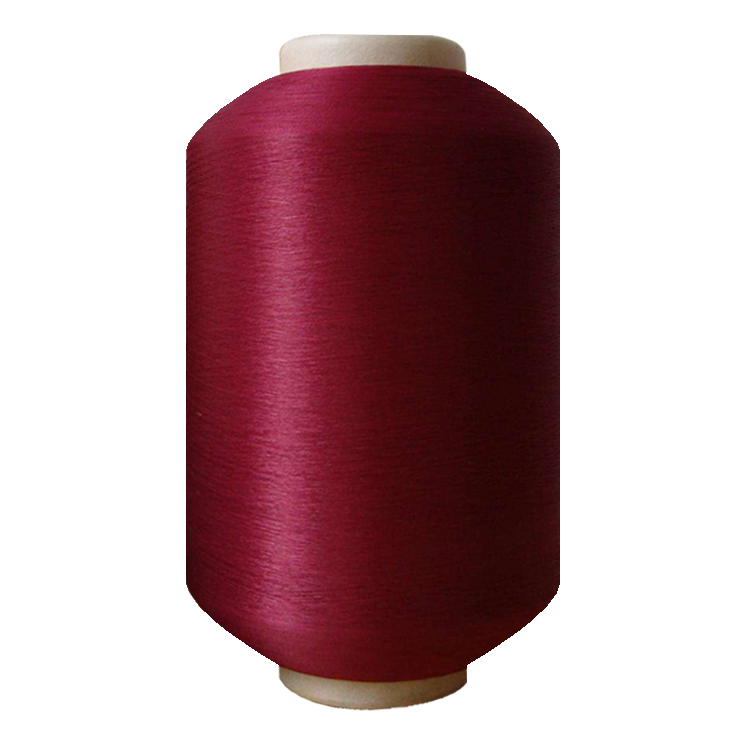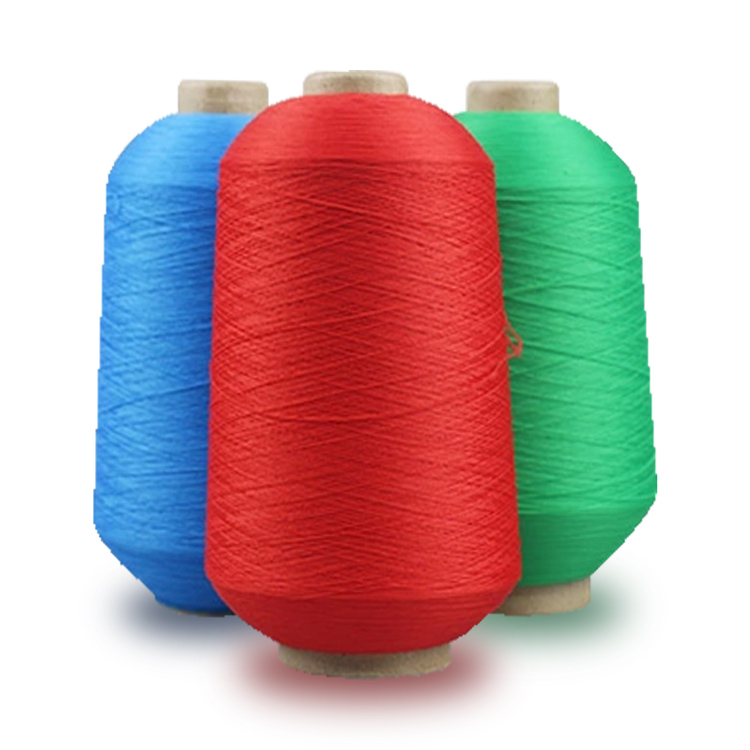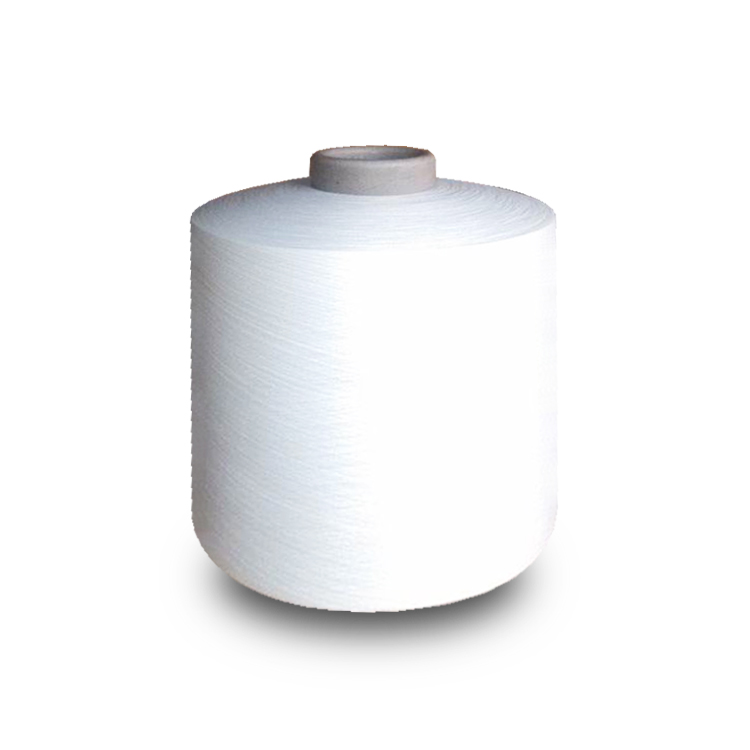Share to:
Related Products
Wholesale free samples raw white dyed polyester DTY yarn
LQ-1505
Price: From $1.2
Delivery time: 9-20 days after payment
MOQ: 500 KG
Draw texturing yarn (DTY) is polyester low elasticity yarn, which is a kind of textured polyester chemical fiber. It uses polyester chips (PET) as raw materials to spin polyester fibers at high speed.Pre-oriented yarn (POY) is processed by drawing and false twisting. It has the characteristics of short process, high efficiency and good quality.
Characteristics of DTY
It not only has the characteristics of high breaking strength and modulus of elasticity, excellent heat setting, good resilience, heat resistance, light resistance, corrosion resistance, easy washing and quick drying, but also has the characteristics of high bulkiness, good heat insulation, comfortable handle and soft gloss.
Quality Indicators of DTY
Polyester DTY quality indicators include physical indicators and external indicators. The main quality indicators are introduced below.
1.Strength and elongation
For the strength of fibers, not the higher the better. For example, the damage of polyester fabrics is mostly not caused by the insufficient strength of fibers. For polyester low elastic yarn, the strength of 2.5cN/dtex and the elongation of 12%-30% can meet the requirements of weaving and wearing. The higher the toughness (strength * elongation / 2), the better the toughness. The fibers with high toughness not only have good intrinsic quality, but also are wear-resistant and flexural-resistant. In DTY production, the strength and elongation are generally controlled by adjusting the drawing ratio of the filament. With the increase of drawing ratio, the strength of the filament increases and the elongation decreases. However, when the drawing ratio is too large, the strength and elongation of the filament decrease.
2 crimp performance
The crimping properties include crimping rate KE, crimping stability KB and boiling water shrinkage. In general, only the first two terms or boiling water shrinkage rate need to be measured. The crimp rate and crimp stability can be obtained by the following formula:
KE(%)=Lg-Lz x 100Lg
KE (%) =Lg-Lb* 100Lg-Lz
In the formula: Lg is the length when the load is heavier; Lz is the length when the load is lighter; Lb is the length when the load is heavier and lighter.
High shrinkage rate, DTY feel plump, beautiful appearance, good elasticity. Curling stability indicates the degree of gradual loss of curling rate during weaving and wearing, which is inversely proportional to the curling rate. Therefore, both of these indicators must be taken into account in actual production. DTY with higher shrinkage can cover up part of the uneven dyeing, so the shrinkage rate is often controlled slightly higher in the production process. However, if DTY is dyed by cylinder in post-processing, the cylinder is not easy to unwind after dyeing due to the high shrinkage of DTY in boiling water. If DTY strands or woven fabrics are used for dyeing, there is no restriction, and the shrinkage rate can be controlled at this time.
3. Uniform dyeing
Where the strength, elongation, shrinkage, evenness and other physical properties and DTY with high unevenness of fiber structure, there will be transverse stripes, color difference and other defects after weaving. Therefore, it is necessary to control DTY production process and detect it in time after finished product inspection, so as to avoid the DTY with poor dyeing uniformity mixed into normal products, resulting in a large number of degradations of final fabrics.
Test of dyeing uniformity. At present, the method used to determine the dyeing uniformity of DTY is to weave the silk of each DTY winding barrel into a 5 cm long stocking barrel, and the DTY produced by each stretch texturing machine into a stocking barrel. GB 250-84 standard stipulates that grey cards are used for color determination, which can be divided into five grades and nine grades. The first grade products are those whose color difference with standard is more than four grades. Transverse stripe filament (section filament, also known as F filament) and transparent filament (rolled filament, also known as K filament) appear most frequently in production. F filament refers to the color difference with stripes in the same sample itself; K filament refers to the shiny surface of the fabric, the touch of the hand feels that the fabric is very thin and transparent when placed in front of the light source. This kind of filament is usually caused by insufficient deformation or false twist in time during deformation processing, so it still retains the style of precursor (smooth filament).
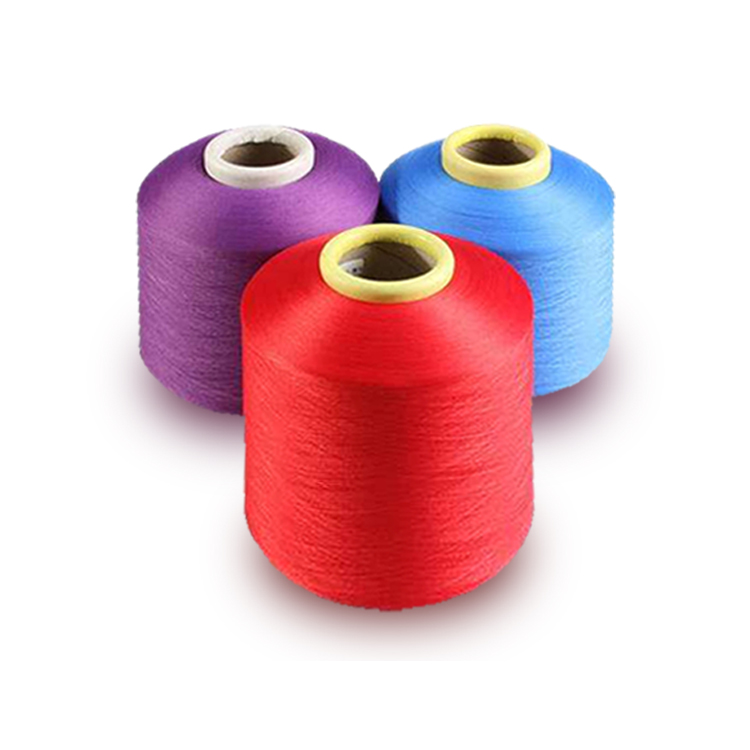
4 Wool
At present, one of the main quality problems of low elasticity yarn is the production of wool. The existence of wool will affect the smooth progress of textile process and the quality of fabric. Different weaving processes have different requirements for wool. Low elasticity yarn for weaving needs twisting, sizing or networking, so the requirements for wool yarn are not strict. Low elastic yarn used in water-jet looms is not desirable. In knitting process, weft knitting yarn is not strict with wool because of its short weaving process and low speed, while warp knitting yarn has a high production speed, and each yarn passes through the eye of the needle. The existence of wool can easily lead to broken ends, which should be strictly controlled.
5 Stiffness and tightness
Rigid filament refers to the continuous and non-fluffy tightly twisted yarn appearing on DTY. Tight point refers to the less serious stiff filament, that is, the continuous length of stiff filament is very short, almost punctate. Rigid wire and tightening point can be distinguished by visual measurement and appearance classification. Stiff silk can also be distinguished on dyed socks. It is darker than normal silk and appears in strip shape. The tightening point has dark spots on the socks, which is generally difficult to distinguish.

